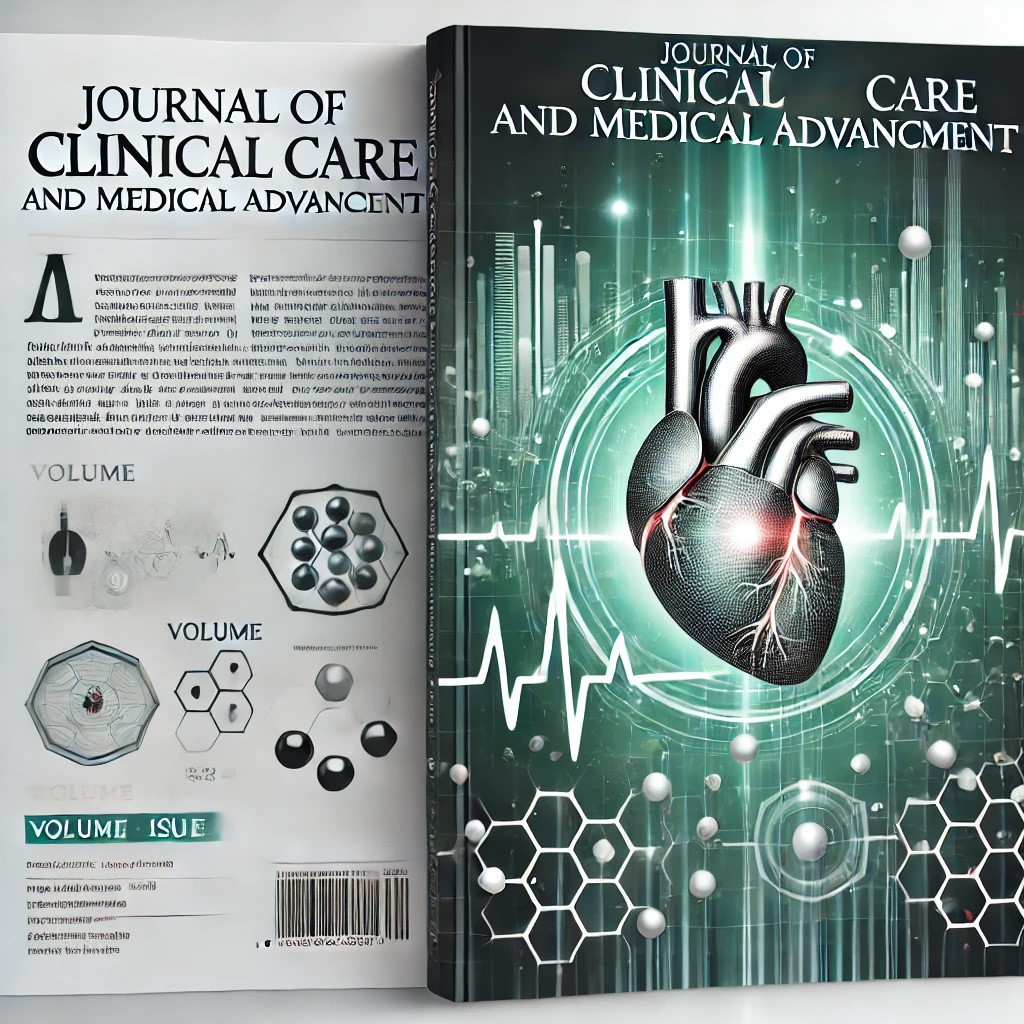Healthcare Workers’ Hepatitis B Virus Preventive Practices at a Mission Hospital in Kenya
Keywords:
Key Words: Hepatitis B, Practice, PrevalenceAbstract
Hepatitis B (HBV) infection constitutes a major public health concern worldwide. In its chronicity, the infection causes potentially fatal advanced liver diseases. In Kenya, the prevalence of HBV infection has been on an upward trajectory despite the availability of an effective vaccine. However, the literature demonstrates a dearth of information regarding healthcare workers’ (HCWs’) practices towards the infection. This study assessed HCWs’ preventive practices toward HBV infection at Kijabe Hospital. A cross-sectional descriptive survey involving 254 frontline HCWs at Kijabe Hospital was conducted. Ethical approval from the Kabarak University Research & Ethics Committee (KUREC- 090323), Kijabe Hospital Ethical Review Committee (KH/ISERC/02718/0054/2023), and a research license from the National Commission for Science, Technology & Innovation (NACOSTI/P/23/24856) were obtained. Before data collection, informed consent was obtained from each participant. Data was collected using validated self-administered questionnaires and analyzed on STATA v18. The chi-square test was used to determine the association between categorical variables. More females (65.4%) than males participated in the study. Most (80.3%) were aged between 25 and 35 years with half of the participants being married. Most respondents held diplomas (44.5%). Nurses formed the majority (45.7%) of the respondents. No significant association was shown between HCWs’ sex (P =.594), age (P=.686), education level (P=.492), service department (P=.538), experience years (P=.555), and practices. Most (60.24%) HCWs demonstrated a lack of absolute adherence to the available safety practices. For instance, about 60% completed 3 doses of the HBV vaccine, 14% never changed gloves between patients, 52% had had a past needlestick injury and about 63% recapped needles after use. These findings underscore suboptimal infection control practices among the sampled HCWs. Therefore, regular training and sensitization on preventive practices towards HBV cannot be overemphasized. We further recommend a targeted intervention anchored on qualitative study findings.
Downloads
Published
How to Cite
Issue
Section
Copyright (c) 2023 Fred Ogada, Peter Halestrap, Michael Walekhwa

This work is licensed under a Creative Commons Attribution-NonCommercial 4.0 International License.
All content published in the Journal of Clinical Care and Medical Advancement is licensed under the Creative Commons Attribution-NonCommercial 4.0 International (CC BY-NC 4.0). This license ensures that published work is freely accessible and allows for the sharing and adaptation of the content under the following conditions:
1. Attribution
- Users must provide appropriate credit to the original author(s) and the journal. This includes citing the article title, author names, journal name, volume/issue, and DOI (if available).
- Attribution must not imply endorsement by the author(s) or the journal unless explicitly agreed upon.
2. NonCommercial Use
- Content may not be used for commercial purposes. Any use that involves monetary gain, commercial distribution, or resale of the material is strictly prohibited without prior written permission from the journal or the copyright holder(s).
3. Adaptations and Derivatives
- Users are allowed to create adaptations, modifications, and derivative works based on the content, provided they comply with the attribution and non-commercial terms.
- Any adaptations must indicate that changes were made to the original work, and the original author(s) must still be credited appropriately.
4. No Additional Restrictions
- Users are not permitted to impose legal or technological restrictions on others that prevent them from exercising the rights granted under this license.
5. Exceptions and Permissions
- For uses beyond the scope of the CC BY-NC 4.0 license, such as commercial use or sublicensing, explicit permission must be obtained from the journal or the original author(s).
- Authors retain the copyright of their works and may enter into separate agreements for non-exclusive distribution, provided that the original publication in this journal is acknowledged.
6. License Notice
- All articles will include a clear notice indicating that they are published under the CC BY-NC 4.0 license. Example:
“This article is licensed under the Creative Commons Attribution-NonCommercial 4.0 International License. To view a copy of this license, visit https://creativecommons.org/licenses/by-nc/4.0/.”
7. Author Rights and Obligations
- Authors retain the copyright to their works but grant the journal the right to publish and distribute the content under the CC BY-NC 4.0 license.
- Authors must ensure that their submissions do not infringe on the copyright of third parties and that all necessary permissions are obtained for any copyrighted material included in their work.



